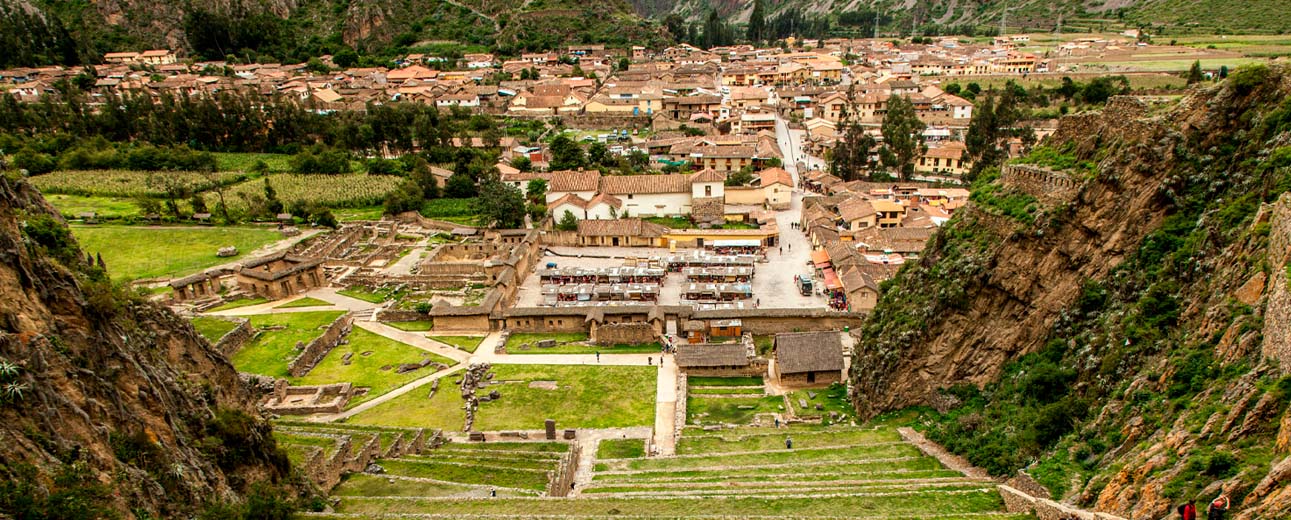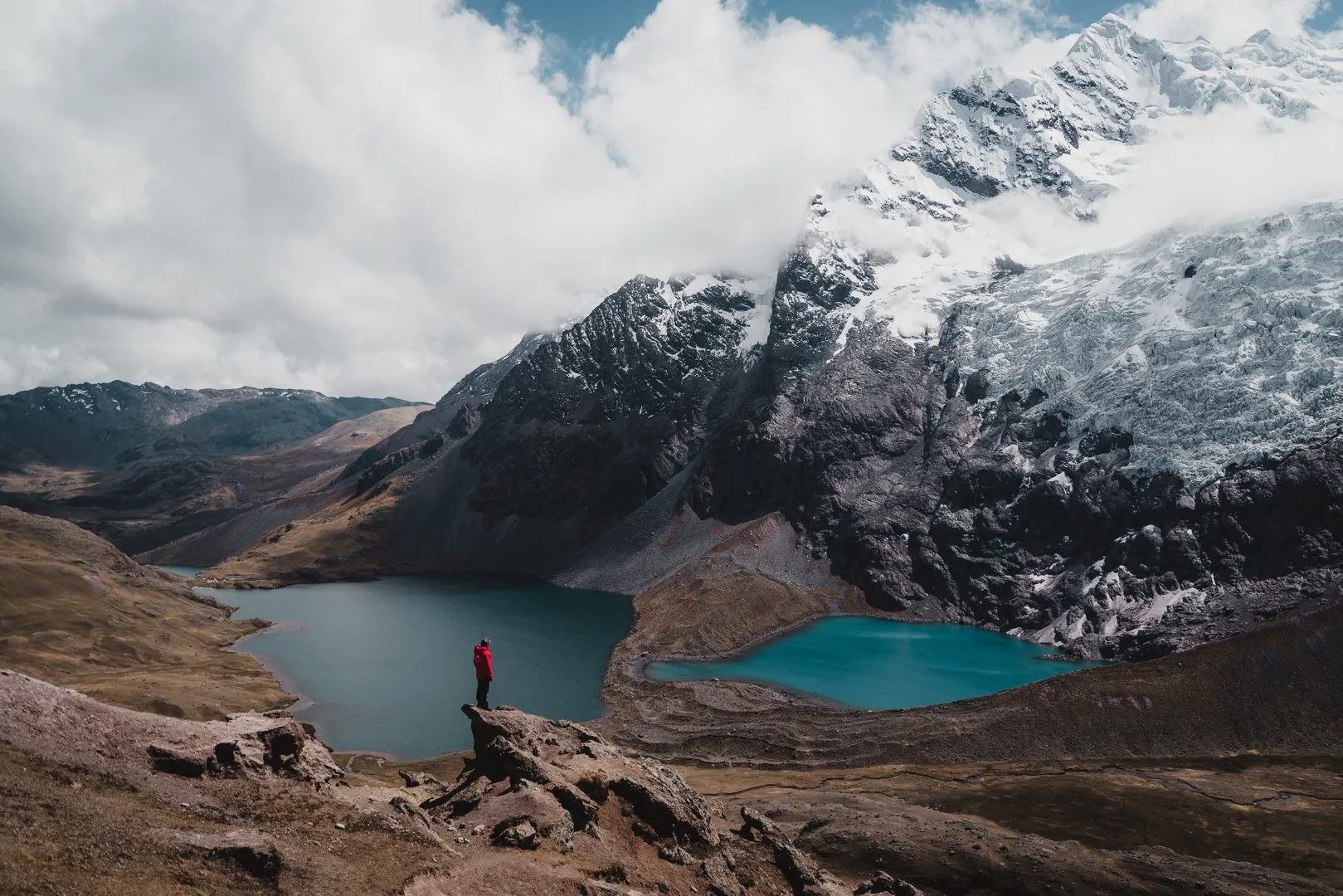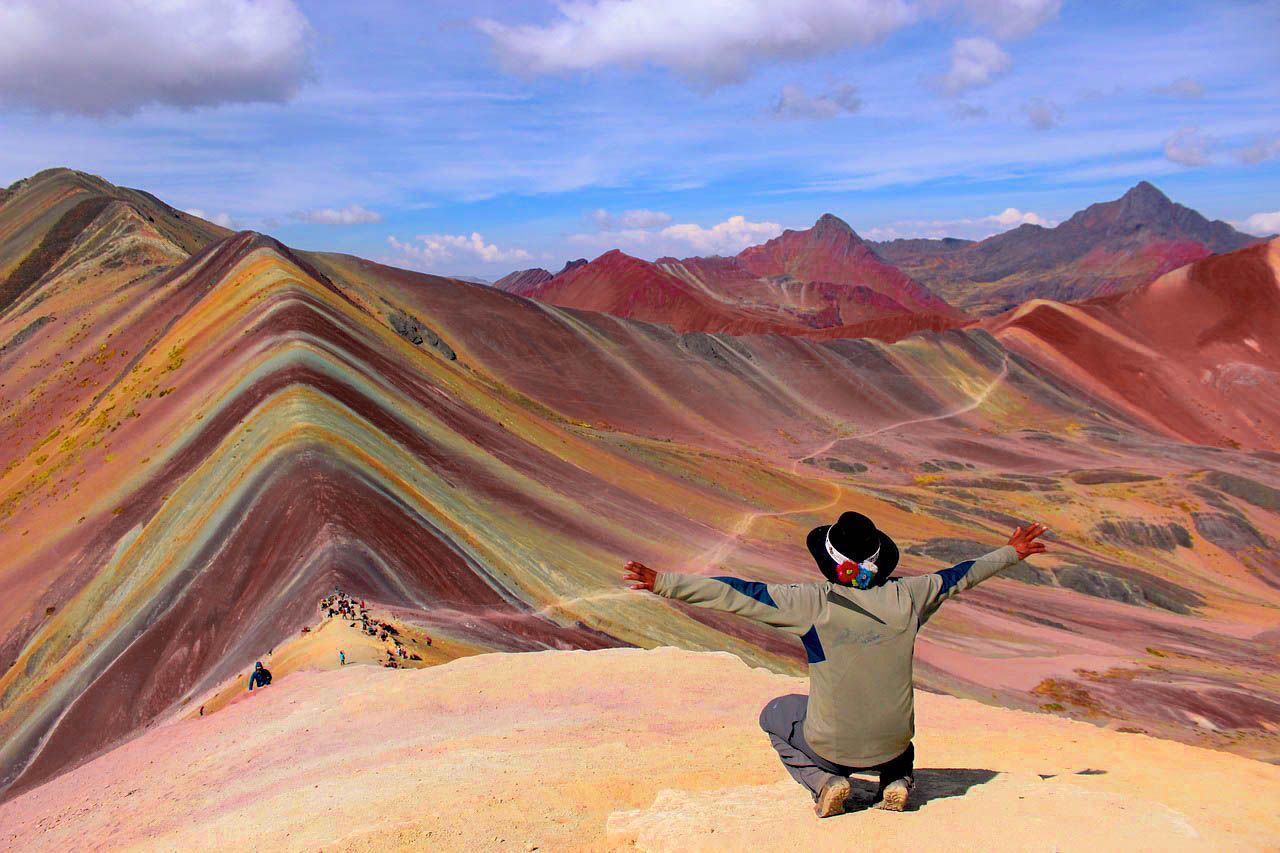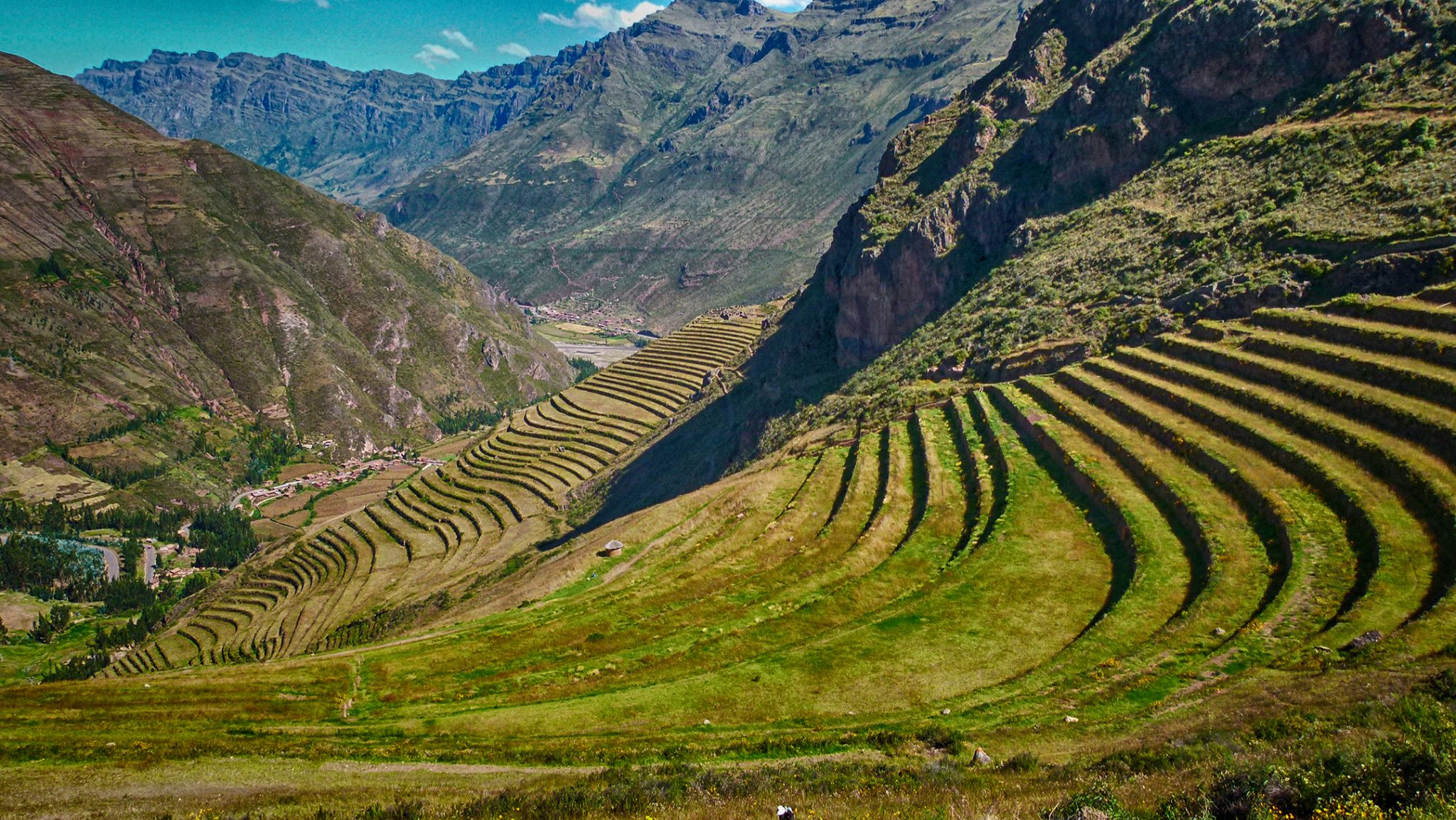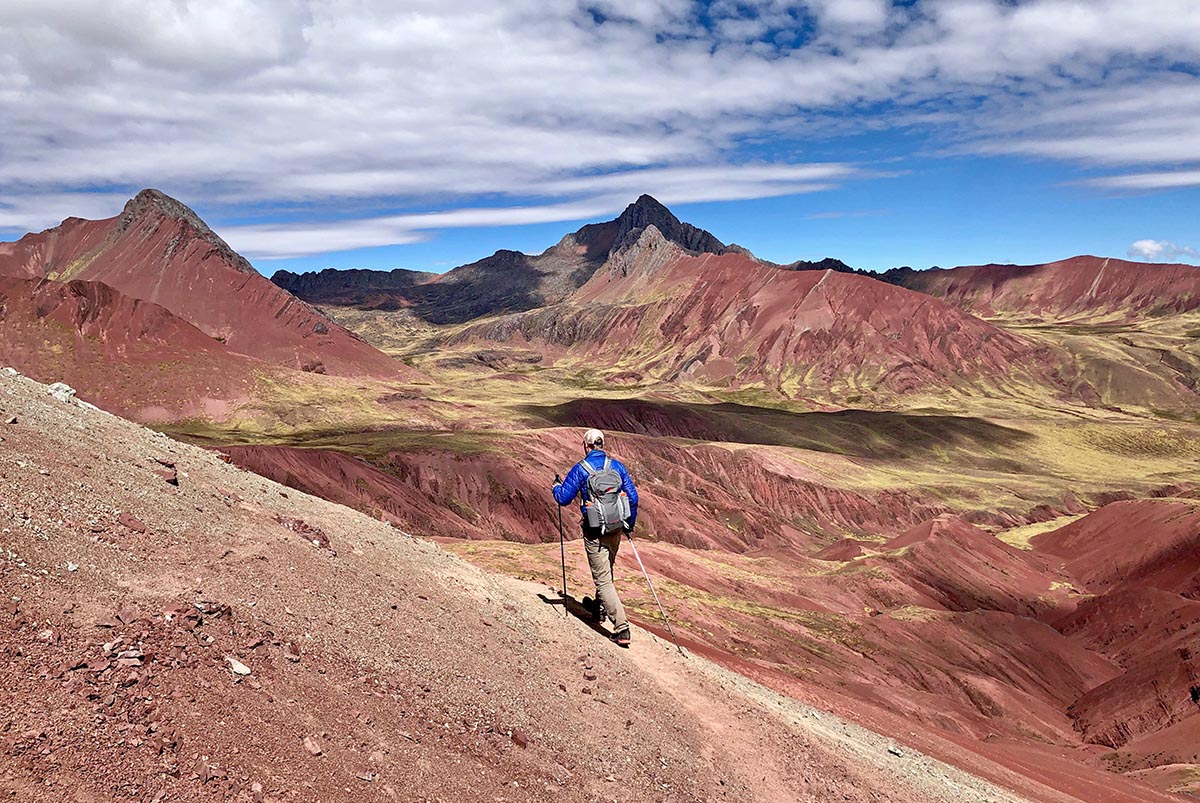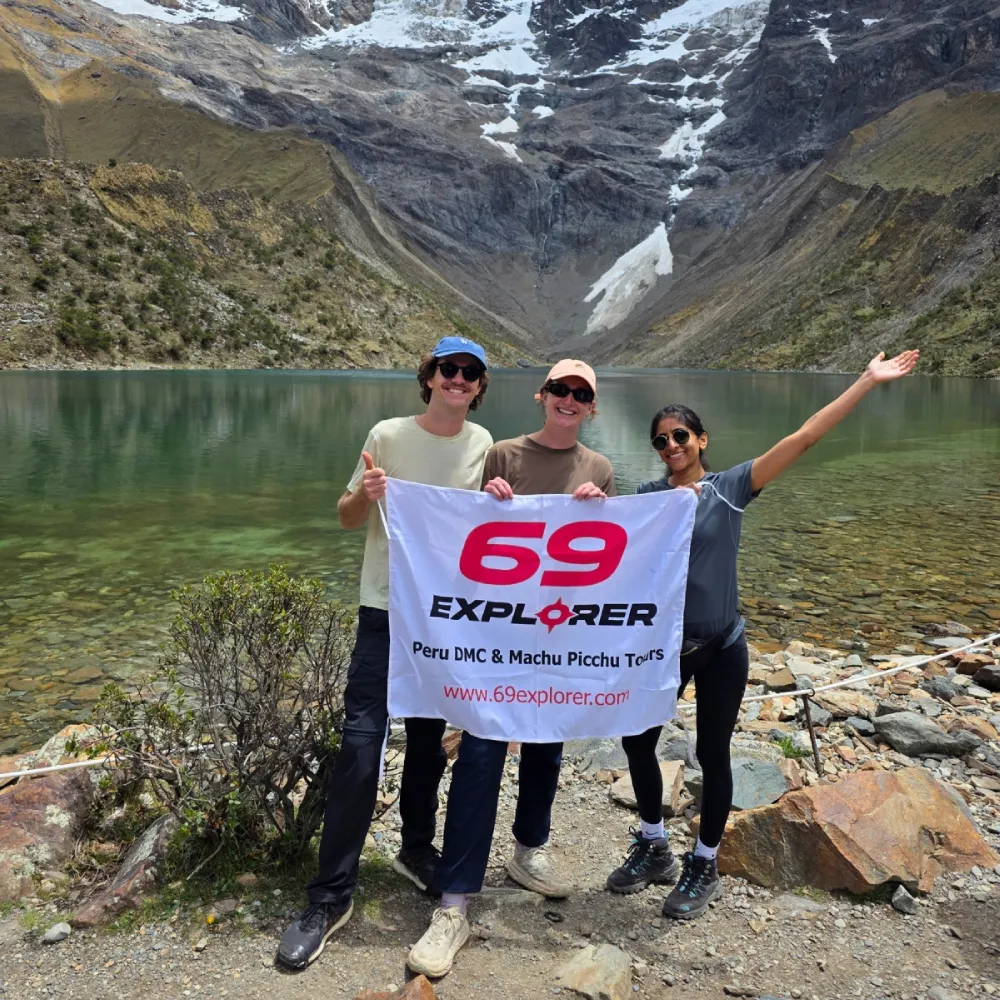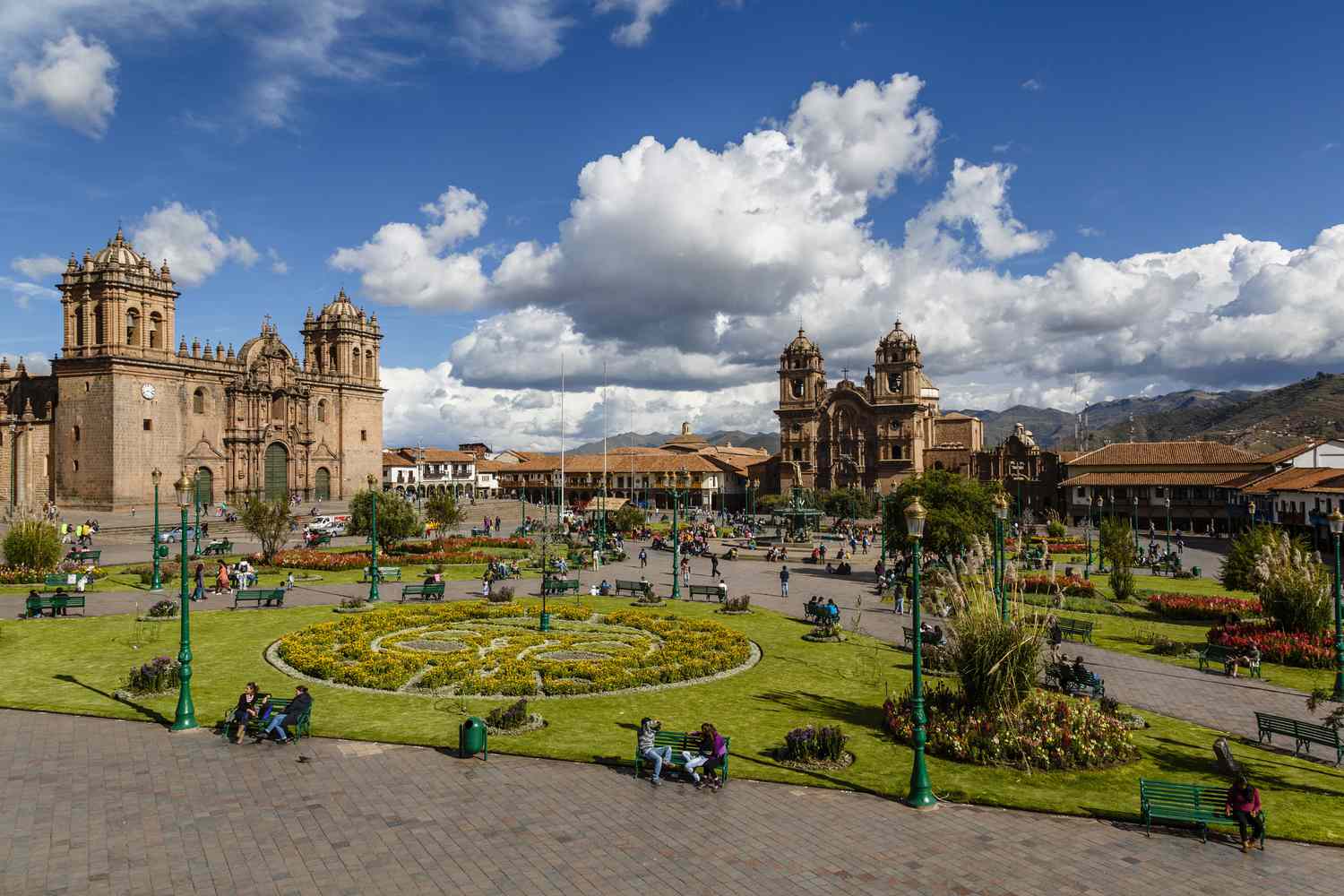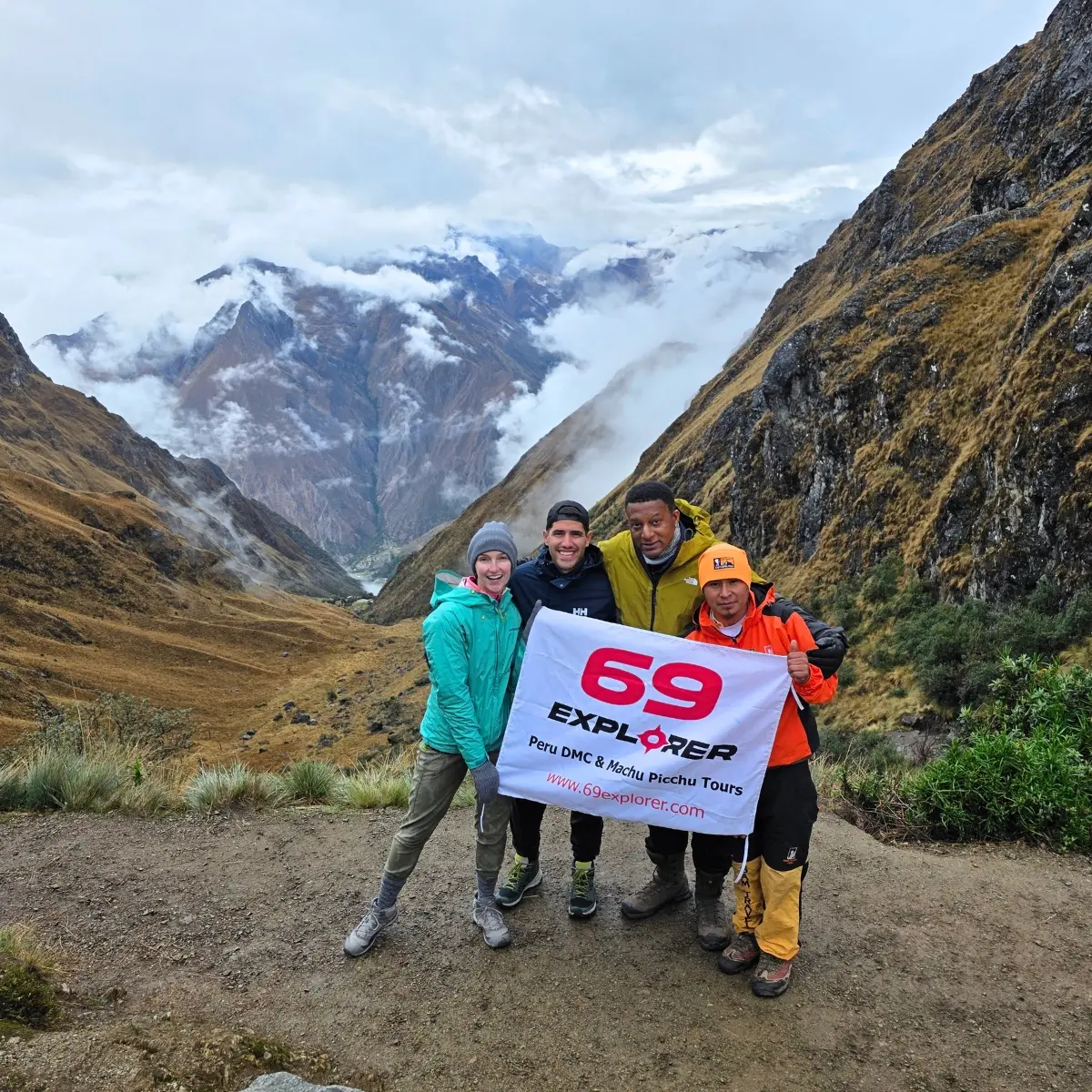Cusco
Once the capital of the Inca Empire, Cusco is a living monument to Peru’s ancient and colonial past. Declared a UNESCO World Heritage Site. The city preserves its Inca foundations beneath Spanish colonial architecture and is one of the most atmospheric destinations in South America. At 3,400 meters above sea level, Cusco stands as the gateway to Machu Picchu and the Sacred Valley. It receives travelers from around the world to explore its history, mysticism, and breathtaking landscapes.
But Cusco is much more than a stopover. It’s a place where cobblestone streets tell stories and markets hum with local life. Whether you’re here for adventure, culture, or cuisine, Cusco’s mix of past and present will stay with you long after you leave.
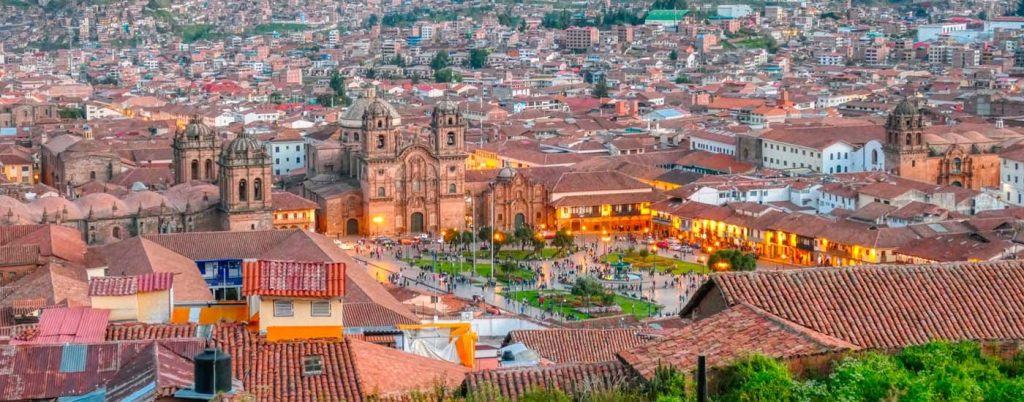
Treks from Cusco
Cusco is the perfect starting point for some of Peru’s most incredible treks. From here, travelers can access the famous Inca Trail to Machu Picchu, a legendary route following ancient Inca pathways through cloud forests and mountain passes. For those seeking something different, there are alternative treks such as Salkantay, Lares, and Choquequirao, each offering unique landscapes, cultural encounters, and fewer crowds.
Shorter options like the Huchuy Qosqo Trek provide a great mix of nature, history, and local life in just a day or two. Around Cusco, hikers can also enjoy scenic day hikes to places like Tambomachay, Inkilltambo, and the Temple of the Moon, ideal for acclimatization or a light adventure before a multi-day expedition.
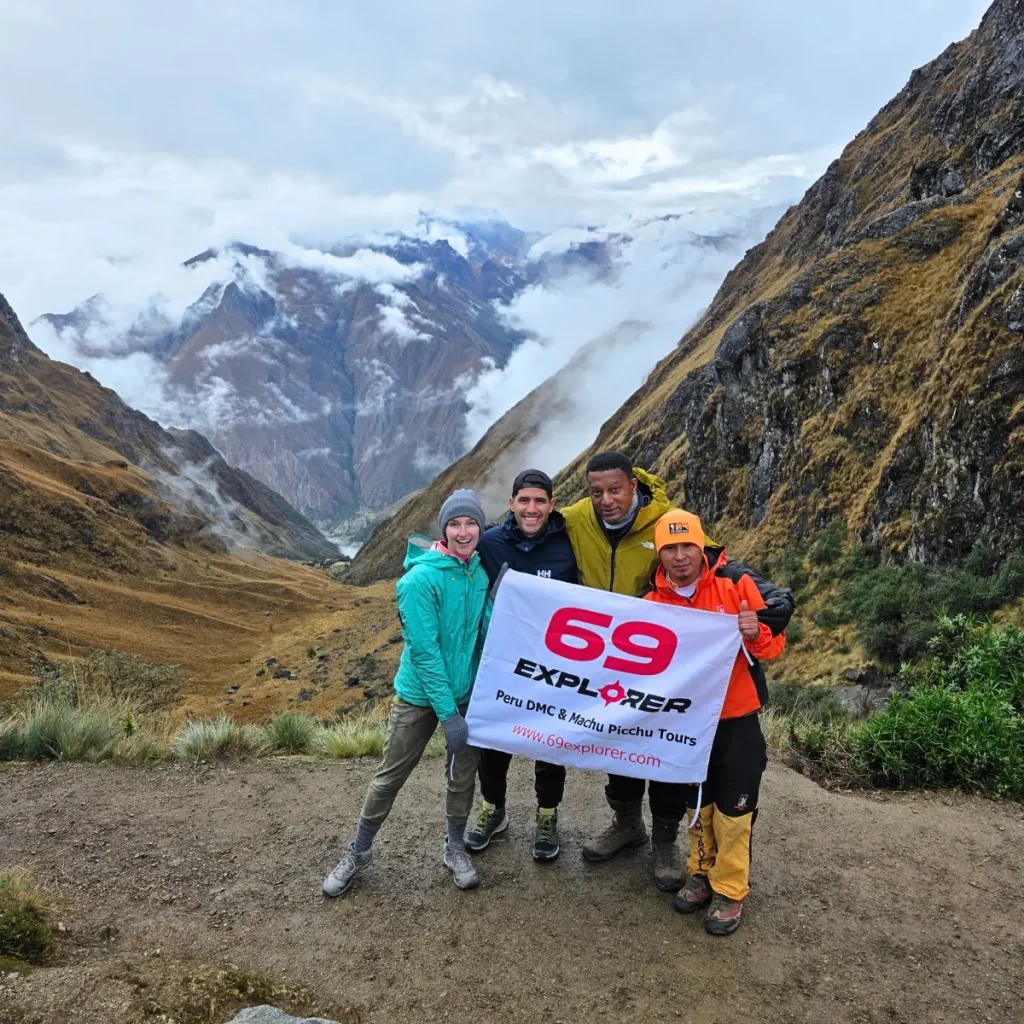
Living Museum
Cusco is often called a living museum. A city where every street, plaza, and festival reflects Peru’s rich cultural blend. From Inca temples to baroque churches and contemporary art, it’s a destination where history breathes in daily life.
Dive into its craft traditions at the San Blas neighborhood, where artisans still hand-carve wood and weave colorful textiles. Explore the local gastronomy, from classic dishes like chiriuchu and cuy chactado to modern Andean fusion in award-winning restaurants. Year-round, Cusco celebrates ancient rituals and vibrant festivals, from Inti Raymi to Corpus Christi, bringing communities together in color, dance, and devotion.
With Quechua voices in the streets, music echoing from balconies, and flavors that tell stories of centuries, Cusco is an experience!
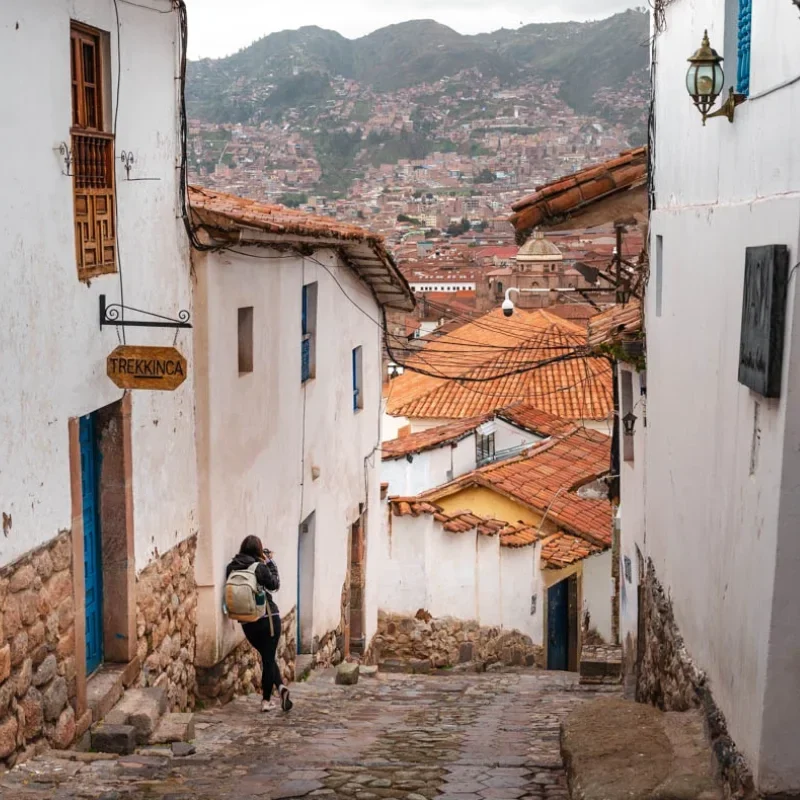
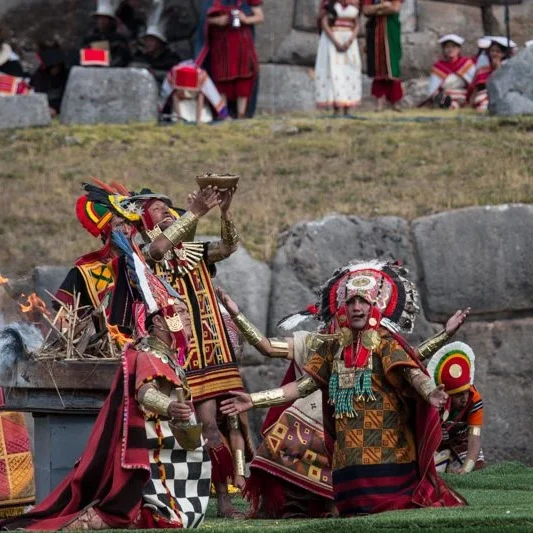
FAQS
The best time to visit Cusco is from May to October, during the dry season. Days are sunny and ideal for tours and treks, though nights can be cold. The rainy season (November–April) brings greener landscapes and fewer crowds.
Most travelers stay in or near the Historic Center, around the Plaza de Armas, where you’ll find easy access to restaurants, museums, and travel agencies. For a more local and artistic vibe, San Blas offers charming guesthouses and views over the city. Both areas are safe, walkable, and full of character.
Plan for at least 3 to 4 days to explore the city and its surroundings. This gives you time to acclimatize to the altitude, visit nearby archaeological sites, and take a day trip to the Sacred Valley or Machu Picchu. If you plan to do a multi-day trek, extend your stay accordingly.
Cusco is generally safe and welcoming for visitors. Keep an eye on your belongings in busy areas and use registered taxis or ride apps when moving around at night. The altitude can be challenging, so rest well your first day and stay hydrated. With basic precautions, Cusco is an easy and enjoyable city to explore.
The city center is compact and walkable, with most attractions just a short stroll apart. For longer distances or nearby ruins, taxis and ride apps are inexpensive and widely available. Organized tours usually include transportation to major sites like Sacsayhuamán or the Sacred Valley.
Cusco’s Alejandro Velasco Astete International Airport is located just 15 minutes from the city center. The easiest way to reach your hotel is by taxi or prearranged transfer, both available outside the terminal. Many hotels and tour operators can also organize airport pick-up services for added convenience.

